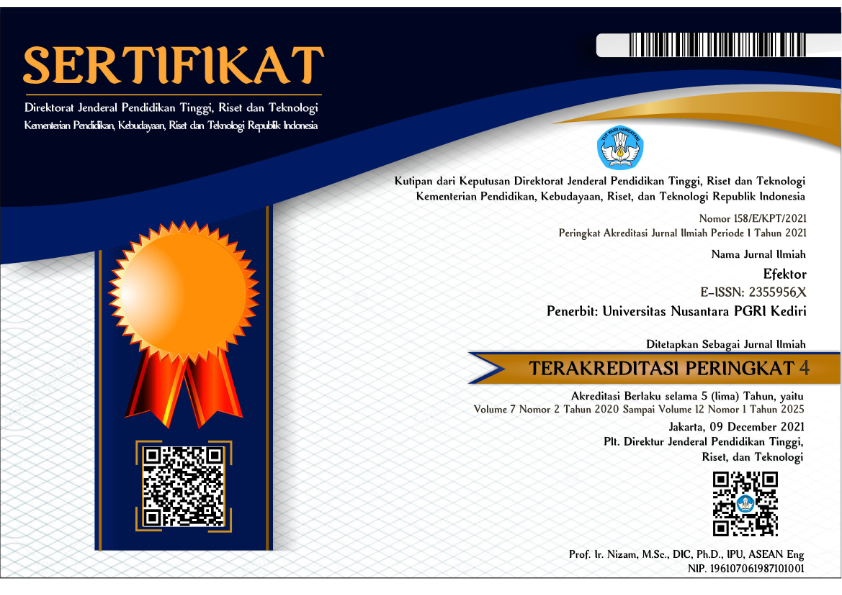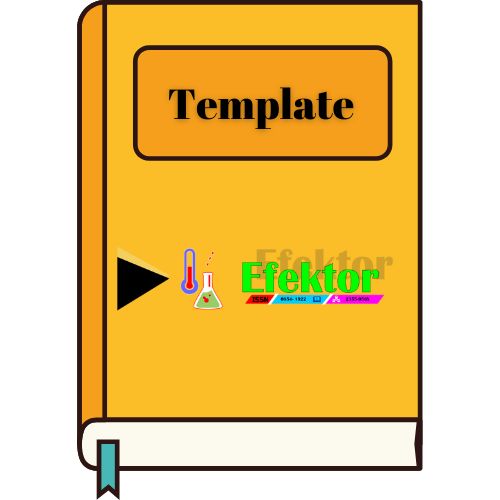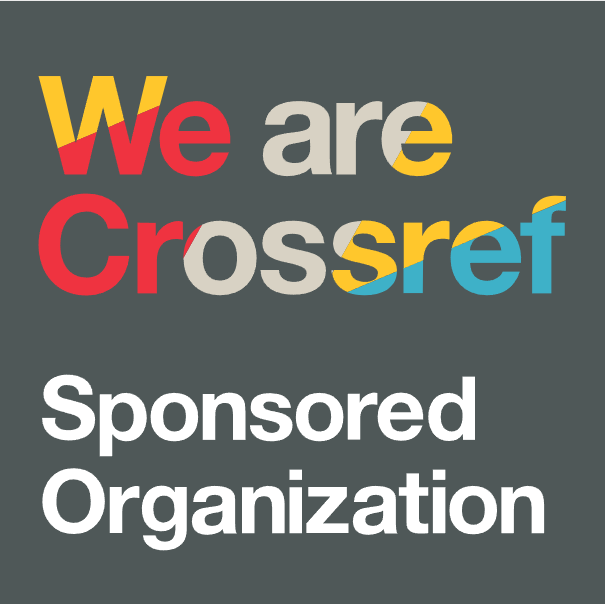Meningkatkan Hasil Belajar Siswa Kelas VIII SMPN 6 Kediri dalam Menulis Puisi dengan Pengembangan Model Nama
DOI:
https://doi.org/10.29407/e.v6i1.12785Keywords:
Learning Outcomes, Writing Poetry, Model NamesAbstract
The process of learning Indonesian language in Class VIII-A of SMP 6 Kediri experienced several obstacles. The obstacle is that the teacher only gives assignments or tells students to write poetry without accompanied by unclear guidance on how to write the poem itself. Also because the learning source is only centered on the textbook. And what often happens is the students' low interest in poetry. After a daily test, it is known that only 53% of students have complete KKM grades. The data shows that student learning outcomes are quite low. One solution to overcome this problem, by developing the right name model is used. This model in its application has three steps that must be considered including the use of names; specify a name, and tell me the name. The application of poetry learning model names is done by collaborating with groups. This is done in order to grow honesty, participation, cooperation with students and groups etc. Writing poetry model names by using picture media in groups or collaboration with the following learning steps. Students work together in groups of 3-5 children. The teacher shares pictures (pictures of people, places/events etc.) with each group. Each student in the group receives a piece of paper to write poetry. Each group discussed to determine the name that corresponds to the picture obtained and the picture was an inspiration in writing poetry. The name that has been determined, each letter was originally made a line/poetry run. Each student in the group wrote an Acrostic poem/name based on the image. In this second cycle writing, Acrostic poetry is done individually. This is based on the observer's suggestion in the previous cycle. It turns out that student learning outcomes are more increasing than before. The indicator of the success of this study is that more than 75% of students pass the KKM. Based on the posttest results of students it can be seen that in the pre-cycle there were 53% (18) students completed KKM. Then, in the first cycle, there were 73.5% (25) students completed KKM. Then, in the second cycle, there were 82% (28) students completed KKM. The success of the study is in accordance with the indicators of success obtained in cycle II, which is more than 75% of students completed KKM. So it can be concluded that writing poetry with the development of the Name Model is able to improve the learning outcomes of Class VIII-A students in Kediri in Indonesian Language. even semester 2015/2016 school year.
References
Direktorat Jendral Pendidikan Tinggi. Jakarta: P2LPTK
Budiman, Sumiati. 1987. Sari Sastra Indonesia untuk SMP. Surakarta: PT Intan-Pariwara
Pusat Kurikulum Balitbang Depdiknas. 2006. Kurikulum Tingkat Satuan Pendidikan. Jakarta:Puskur Balitbang Depdiknas.
Santosa, Barokah, dkk. 2005. Belajar Berbahasa Belajar Berkomunikasi Buku Pelajaran Bahasa dan Sastra Indonesia SMP/MTs Kelas VIII. Malang: Universitas Malang
Siswanto, Wahyudi. 2008. Model Pembelajaran Menulis Puisi. Disampaikan dalam Seminar Nasional HISKI. 2008. Malang: Universitas Malang.
Tim Primapena. Kamus Umum Bahasa Indonesia (KUBI). Penerbit: Gitamedia Press.
Zakaria, Syofwan dan Suwari Mariani Syofwan. 1982. Kamus Kecil Kesusastraan Indonesia. Bandung: Theme 76.
Downloads
Published
Issue
Section
License
Authors who publish with this journal agree to the following terms:
- Copyright on any article is retained by the author(s).
- The author grants the journal, the right of first publication with the work simultaneously licensed under a Creative Commons Attribution License that allows others to share the work with an acknowledgment of the work’s authorship and initial publication in this journal.
- Authors are able to enter into separate, additional contractual arrangements for the non-exclusive distribution of the journal’s published version of the work (e.g., post it to an institutional repository or publish it in a book), with an acknowledgment of its initial publication in this journal.
- Authors are permitted and encouraged to post their work online (e.g., in institutional repositories or on their website) prior to and during the submission process, as it can lead to productive exchanges, as well as earlier and greater citation of published work.
- The article and any associated published material is distributed under the Creative Commons Attribution-ShareAlike 4.0 International License













